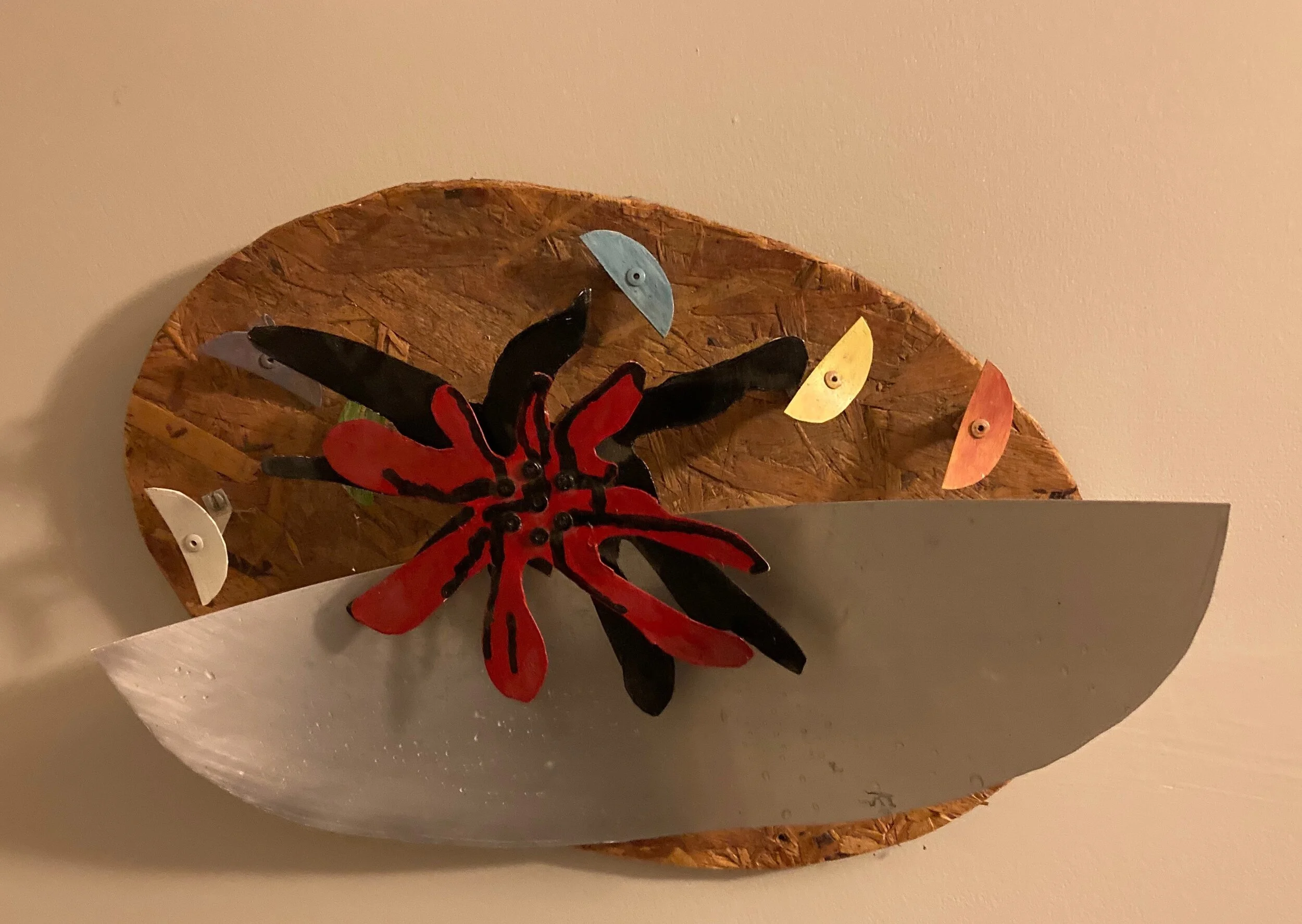Frenemies
“I hate her, I hate her, I hate her,” I yelled at my therapist while talking about a fellow member of a therapy group I was attending. All of us had DID or some other dissociative disorder. “I don’t know how she can hurt us, but I’m pretty sure she can.”
“Maybe the reason you hate her is because she reminds you of you,” my therapist shot back with a smile. I was decimated.
“Really! The nerve of her!” one of my parts said silently and indignantly. “Comparing me to this other woman. How dare she!”
Group Therapy
You might think a therapy group is like a support group but think again. At least it wasn’t for me. Put a half dozen women with at least a half dozen alters each into a room to work out their issues, and fireworks popped. I thought I was good at relationships, but it was all a fake. I thought I made friends easily, but my “friendships” were a charade. In truth, I had no idea how to navigate interpersonal waters. I was terrified of intimate relationships.
Group Therapy
They were in the cradle with me. They rocked the cradle.
They held the mirror up while I screamed in agony to see myself.
Then, they rocked the cradle.
~ Lyn Barrett
Transference & Projection
For me, group therapy became a microcosm of my family of origin. Every woman there became an object of transference. This one became my father, that one became my mother, the other one became my sister. And back again as my transference shifted among group members from one family member to the next. From a Jungian perspective, my fear of each woman was also a projection of my “shadow” – or the dark side of my personality – onto them. The shame of owning my less than stellar qualities was more than I could bear.
Reality Check
Needless to say, group therapy was extremely painful. In some ways, group recreated my abuse even though no one was abusing me. To manage the one-and-a-half hours a week, I created “battleplans” for my alters: “the kids stay home, Paula-without-feelings is in charge, Sylvia can look on,” and on and on and on. Usually, the battle plans didn’t work so I had to make new battle plans. On several occasions, I came home from group so diminished that I called the suicide prevention hotline. I decided a hundred times to leave group, but I never did; I always walked back into the lion’s den each week. Then, I took my triggers to individual therapy where my therapist insisted I was not being abused. These women, she said, had been abused just like me, and my perceptions were way out of kilter. I argued with her about this and didn’t believe a word she said in the moment, but she was my reality-check.
Facing & Healing My Shadow
I credit group therapy with being, perhaps, the single most important aspect of my therapeutic work that enabled me to face my shadow and heal it. Over the six years of my participation, I learned that my therapist was, indeed, right. I feared these other women because they reminded me of myself. It was easier to blame them for the darkness that followed me around than to tackle it in my own being.
From Enemies to Friends
The happy ending is that, ultimately, I faced those demons, and the women in group became friends. I learned I wasn’t nearly as vulnerable as I thought I was, and I was more capable of managing intimate relationships than I imagined. In thanks, I created a piece of art that represented my black and red angst superimposed on group represented by one large cradle and many smaller cradles (see photo and related poetry above).
I’m keenly aware that I was the only person in group therapy who had these challenging transference and projection experiences, or at least the only person who shared them aloud. Maybe that means this is not a common experience for survivors with DID? I don’t know. Whether or not you have experienced anything like this, we all have a shadow that is hard to face. Because of our abuse, our shadows are incredibly potent. Some of our shadow may be personified in our alters and some may be projected onto others as in my group therapy experience. We don’t have to hate people or fear them. We have the inner strength to be ourselves and let other people be themselves.
Self-Care
Welcoming and loving our alters heals us. Bringing our shadows into the light does the same. Embracing our alters and the shadows they carry makes us human. Being human makes us real.
Breathe out the lie that you have to be perfect. Breathe in your glorious imperfections that make you human. Face your shadow, then breathe it out fully and completely. Now there’s room to breathe in the light.
Invitation
Check out my website at www.lynbarrett.com where you can download my free ebook called DID Unpacked and receive a free weekly newsletter. My memoir, Crazy: Reclaiming Life from the Shadow of Traumatic Memory (formerly titled Crazy? A Memoir and Crazy: In Search of a Narrative) will be released on December 1, 2021. Our new Dissociative Writers website is filled with writing opportunities to explore.
What has your experience been with transference and projection? Have you met your shadow? Share in the Comments below.
“One does not become enlightened by imagining figures of light, but by making the darkness conscious.”
C.G Jung

